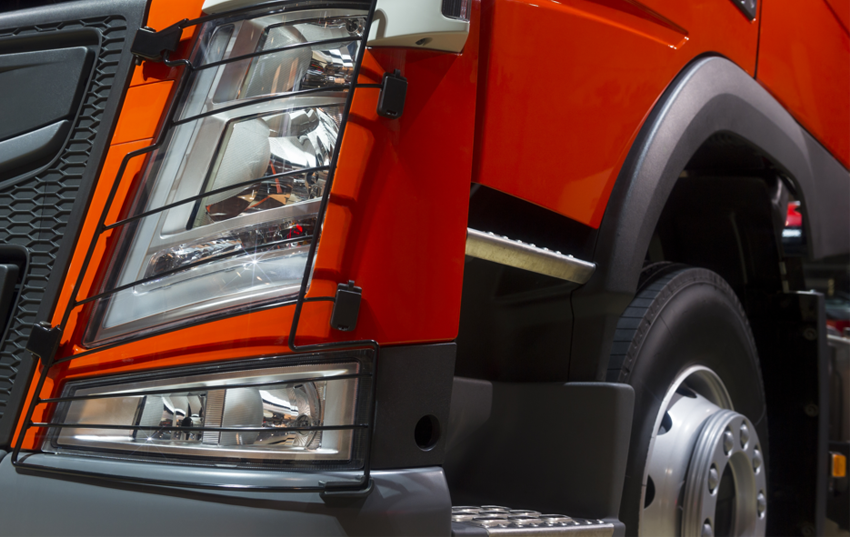
Source: AntonMatveev/Stock Photos | Truck/via Getty Images.
Driverless trucks are poised to become more common on the roads as autonomous mobility organizations extend collaborative efforts with their technology partners. Together, these organizations are expected to deploy autonomous trucking solutions to address critical issues like driver shortages and operational inefficiencies.
In the first of this two-part blog post series, we covered market trends, adoption and potential use cases for autonomous trucking technology. In Part 2, we will be discussing some actionable insights organizations can take to scale autonomous trucking technology, and some potential challenges in this space.
What does scaling autonomous trucking technology look like?
The deployment of autonomous trucks is expected to accelerate significantly between 2027 and 2035. This growth will be concentrated in regions with optimized routes and supportive regulatory environments.
To scale the ecosystem of autonomous trucks, several actionable insights are vital, including:
Production enhancements
- Auto original equipment manufacturer (OEM) development: Design trucks with advanced software and hardware for real-time data and communication.
- Supplier collaboration: Develop scalable and safe tools using AI and sensor technology.
- Cybersecurity: Strengthen protection for autonomous systems.
- Workforce: Enhance R&D and IT infrastructure, and train staff for new tech roles.
Enabler strategies
- Regulatory harmonization: Aim for consistent regulations to ease adoption.
- Insurance models: Use extensive data to create strong risk assessments and policies.
- Funding: Increase investments from stakeholders to advance autonomous truck technology.
Operational improvements
- Vehicle-to-everything (V2X) infrastructure development: V2X communication through cellular V2X (C-V2X), dedicated short range communication (DSRC) or 5G networks enables autonomous trucks by improving safety, optimizing traffic flow and ultimately contributing to intelligent transportation systems. Developing reliable infrastructure, standardization and edge computing services like roadside units and integrating multi-access edge computing are important to unlock V2X’s full potential.
- EV charging infrastructure: Develop a comprehensive electric charging infrastructure with a focus on wireless charging to support the needs of autonomous trucking.
- Asset management: Define roles and sales models to ensure 24/7 uptime and maximize TCO benefits.
- Fleet management: Establish centralized systems or control towers for managing autonomous vehicle operations and emergency response to ensure real-time monitoring, safety, predictive maintenance and coordinated emergency actions.
- Transport operations: Upgrade warehouse facilities and upskill the workforce for high automation driving (HAD) trucks.
- Digital integration: Develop a unified platform for multi-OEM fleets with clear task distribution.
- Labor impact: Address concerns about job losses by using autonomous systems to mitigate labor shortages in various sectors.
- Logistical optimization: Lower costs and time in long-haul transport by optimizing routes and eliminating rest breaks.
Challenges and public perception
Despite the promising outlook, the adoption of autonomous trucking faces challenges, particularly concerning public opinion and safety concerns due to the size of trucks. According to a recent study conducted by S&P Global Market Intelligence 451 Research, most car owners are not comfortable with fully autonomous vehicles performing tasks independently. Delivery and errand-running services are the second- and third-most accepted applications. Success in this sector hinges on demonstrating business value, commercial viability, and safety enhancements to justify investments by automotive OEMs and fleet operators.
Regulatory landscape
The regulatory environment for autonomous vehicles varies globally. While the US lacks harmonized regulations across states, China and Europe are advancing with supportive frameworks. The EU has implemented uniform safety standards, and countries like Germany are leading in autonomous trucking initiatives.
Conclusion
Autonomous trucking technology is set to redefine the logistics landscape, offering solutions to longstanding challenges and paving the way for a more efficient, sustainable future.
Want insights on IoT trends delivered to your inbox? Join the 451 Alliance.
This content may be AI-assisted and is composed, reviewed, edited and approved by S&P Global in accordance with our Terms of Service.

